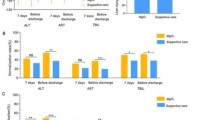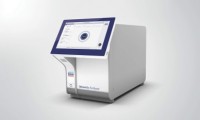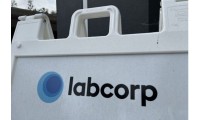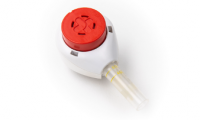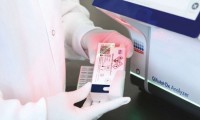-
Latest Research Results of Magnesium Isoglycyrrhizinate GM-DILI-002 Announced
- Source: drugdu
- 202
- April 4, 2024
-
Researchers Present First Study Using Biomimetic AI Digital Twins
- Source: drugdu
- 144
- April 3, 2024
-
Upgraded Syndromic Testing Analyzer Enables Remote Test Results Access
- Source: drugdu
- 128
- April 3, 2024
-
Single Genetic Test to Accelerate Diagnoses for Rare Developmental Disorders
- Source: drugdu
- 78
- April 3, 2024
-
WHO publishes new guidelines on hepatitis B
- Source: drugdu
- 81
- April 3, 2024
-
Labcorp’s $237M Tuck-In Deal Brings Lab Testing Assets From BioReference Health
- Source: drugdu
- 131
- April 2, 2024
-
Innovative Blood Collection Device Overcomes Common Obstacles Related to Phlebotomy
- Source: drugdu
- 92
- April 2, 2024
-
Upgraded Syndromic Testing Analyzer Enables Remote Test Results Access
- Source: drugdu
- 101
- April 2, 2024
-
Cambodia Phar-Med Expo 2024
- Source: drugdu
- 171
- April 2, 2024
-
Boundless Bio’s ‘BOLD’ IPO Reels In $100M for a New Kind of Cancer Drug
- Source: drugdu
- 160
- March 30, 2024
your submission has already been received.
OK
Subscribe
Please enter a valid Email address!
Submit
The most relevant industry news & insight will be sent to you every two weeks.

